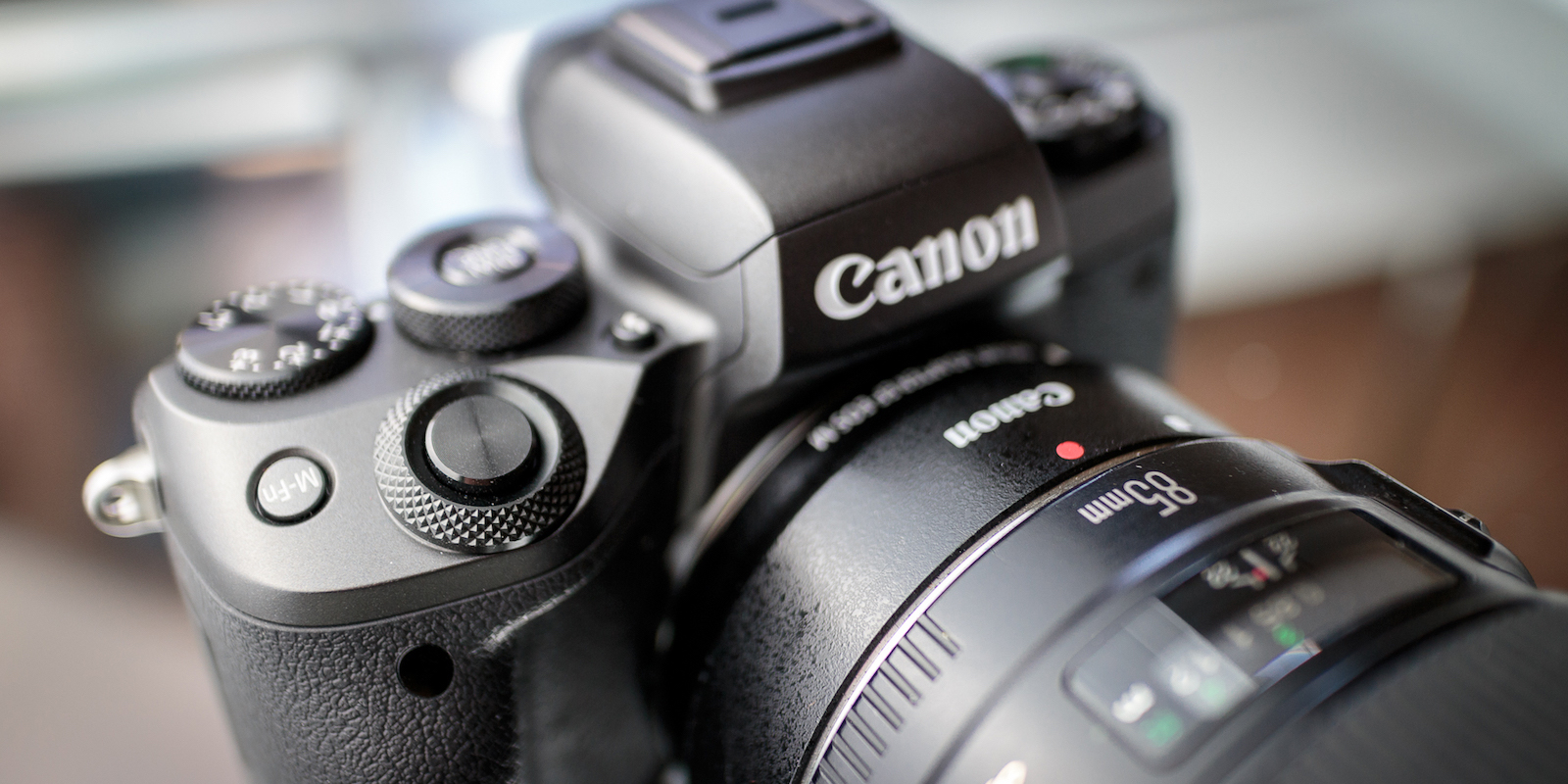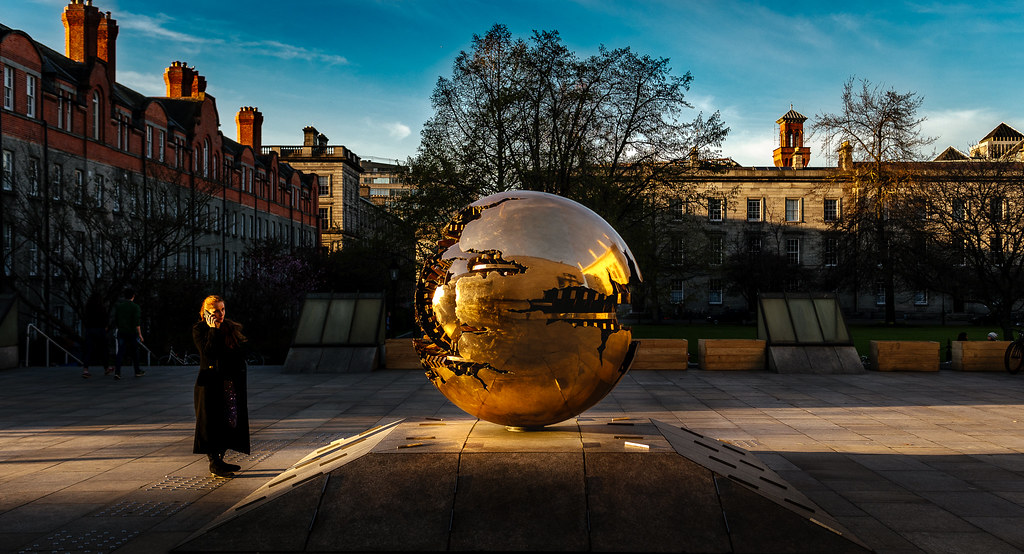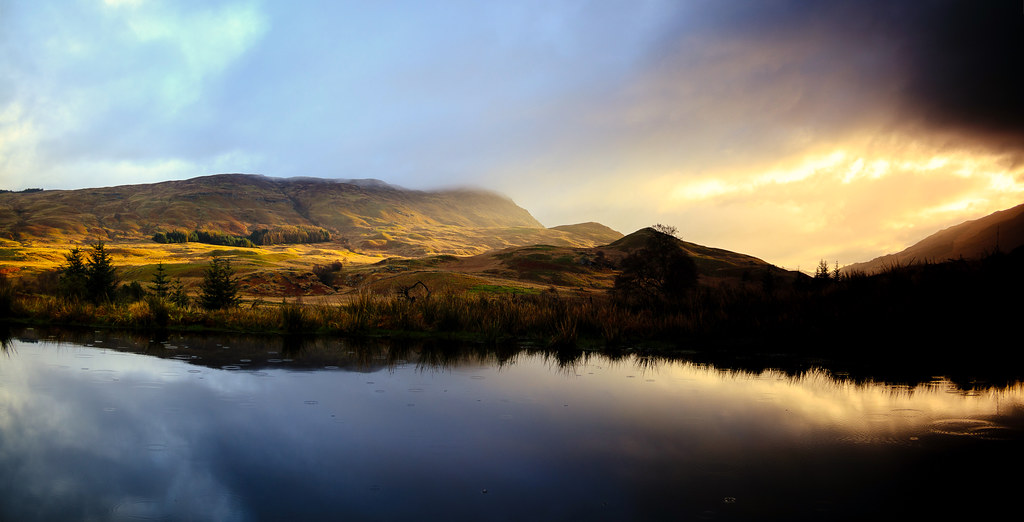FOREWARNING: I may have ranted and diverted path early on, skip down to the bits about the camera if that’s what you’re into
Photographic Equipment Economics
Tl;Dr; I don’t like spending money, I buy as cheap as I can, but this time I bought a recent model;
I’m not a fan of spending money. I never was, I remember when I was little that I saved 8,000$1 - which would be €40 in today’s money by straight conversion, but much more if you apply inflation back to 1990 something - to buy a game. It took me months to do it, I saved birthday, Christmas and occasional presents, I saved on lunch money and I never bought anything. When I finally saved enough it, I stuck it all in my neon blue and yellow wallet and went to the shop. I asked the guy for the game and handed over the cash, got the box, took it home and tried the game … no wait, that’s not right, there’s something missing here, let me go back a few steps and start over.
Ok, I took all my precious savings that had taken me months to build up, put the money on my wallet, slowly walked to the store, pointed at the game suddenly more aware of how much money I would spend in a game, asked how much it was and what thoughts the store guy had on it - that was me stalling. By this time I was having second, third and forth thoughts, but pride told me that I had decided this and I wasn’t backing out of a decision, of course I wouldn’t. Too late, too proud, I handed over the cash, got the box, left the store and decided that I made a terrible mistake.
Now, don’t get me wrong, the game was great, beautiful, fluid, fun, it’s one of the best games I remember playing and it was worth the money, and this isn’t me criticizing the game. It’s me, I love games, but I didn’t put into the game the same amount of effort that I had in saving to buy the game. Does this make sense? Of course not, the effort put it to buy something should have translated into huge entertainment rewards. I should have relaxed, enjoyed the game and moved on, but it didn’t, my brain clicked differently.
Ok, fast forward to adulthood, I still don’t like spending money, but I found some metrics to keep me happy. [THERE’S A BLOODY TERM FOR THIS FIND IT] . For example, when I bought a car I would say “how much money has each kilometre driven cost me so far”, it was horrendous at the beginning of course, but it ease off a few years in and I was happy with it.
For computers and phones it’s time based “this thing costs x / year”, after a while I’m happy, with Photography gear it’s cost per picture, and so on. Other things I struggle with though, games are a problem, I never buy brand new games, I never ever pay more than €30 for a game and that’s the upper limit - NO GAME WILL BEAT FLASHBACK. It’s not that I don’t value people’s work, trust me, I do and I don’t want to be hypocritical when I work in the Software Industry myself, it’s just that it’s very rare for me to play a game for long enough to extract it’s true value - which is a criticism on me.
Eating out I like, but it’s rare enough, I don’t go to ridiculously expensive places and I try to eat stuff that we wouldn’t easily cook at home, otherwise it must be really good or I’ll be internally unhappy - I don’t blame restaurants unless they’re really incompetent which must have happened once or twice. Traveling I like, I don’t digest the costs easily but going into the unknown energises me and I get to lower the costs of my photography equipment with all the pictures I get to take, so that’s good.
Runaway rant over
Equipment Timeline
This is something I should have done before, because buying equipment is a big deal for me, so I declare this to be A Great Time to build a timeline of stuff I owned. I won’t pretend that I have a Master Plan and a Path for my Photographic Career - notice the ease with which I capitalize things!
I’ve only made one major technological change in all these years and one minor. The major change was moving from Film to Digital. I loved it, it plays well with my personality, it gives me more speed, faster iterations and more control over the entire process. It does so at the expense of all the things Film gives you for free, randomness, mindfulness and a bit of personality.
With film you’re never quite sure how things are going to turn out, it’s a chemical medium, it’s influenced by outside factors, the film needs to be mechanically pulled out of the roll. Developing film is also a complex process and you only get one shot at it but accidents are sometimes good.
A roll of film is extremely limited compared to, say, a 32GB SD card, you have to be much more mindful of what shots you take and how you take them. Even if you carry a bag of rolls with you there’s a physical process to replacing film, so you don’t go around taking 20 pictures of the same thing lightly.
Digital gives you little of this, if you get a really bad sensor you might get super ugly digital noise, white balance or colors, but I have yet to see a picture benefit from these things. In digital you have two choices, either you pick the simples stack of tools - from the Auto modes cameras process pictures with to preset filters in popular applications or social networks - or you learn and use more complex editing tools.
One gives you good, fast but run-of-the-mill results, the other is time consuming and you need to find your own style. But all the serendipity that you got from Film is unlikely to find you.
Of course, Photography is still Photography and nothing substitutes framing, composition, lighting, opportunity, emotion or being in the right place to take a wonderful picture. Film or Digital, that’s still the same and that’s what makes photography this wonderful medium that I love so much.
With this second rant out of the way, the other minor technological change that I made was go from a DSLR to a Mirrorless camera. I say minor because it doesn’t change the fundamentals, it doesn’t change any of the underlying capabilities of your camera. What it did for me though was give me a good camera that was small enough to carry around in my jacket’s pocket and that opened up a world of opportunities for me. I started carrying the camera around every day instead of just on weekends and as a result I took even more pictures than I used to.
- 35mm point and shoot god knows if I remember what model or models - fixed lens, single mode, click and pray
- Minolta XE-1 - Lovely, 35mm beautiful - a few second hand lens, used it for years, no really memorable shots but learned a lot, I mean, A LOT
- Canon EOS 300D - First entry into Digital Land, used it until it dropped - rather, until my shutter broke down.
- Canon EOS 10D - Loaner from my friend Pedro Moura Pinheiro when my 300D stopped working, professional body, nice
- Canon EOS 30D - Unexpected Loaner , very good camera but sensor had a few bad lines, used it a lot
- Canon EOS M (2013/14) - M3 was coming out, Amazon was dumping stock, got an amazing deal on it with the EF adapter and the 22mm f/2.0 lens , brought me back to modern standards, best photos of my life came from that camera
- Canon EOS M5 (2017) - After the 300D this is the first time in over a decade I buy an actual recent camera, fixes all the shortcomings the M had, hoping that it lasts for 5 years at least :)
Why upgrade now
I never upgraded my Minolta XE-1 because I never did anything but 35mm format, so I could use different film types, brands, etc, but never the camera. The body had all the settings I could hope for at the time, so that wasn’t an issue too, things were probably simpler someone might say?
However, in the Digital age your film is fixed to the camera, the sensor that comes with the camera sticks with you and that, if anything, will always drive people to upgrade - although it will inevitably plateau and that’s going to be - maybe it already is - interesting for the camera making industry.
My 30D, nice as it was, had sensor issues - 4 or 5 vertical white lines that I simply could not get rid of or pretend they weren’t there. In the meantime the EOS M3 was going strong and Amazon was clearing the old original M stock and opportunity came knocking. I wasn’t particularly looking for a Mirrorless, in fact, I was super happy to keep going DSRL, but for 250€ I got the EOS M with a 22mm f/2.0 lens AND the EF adapter so I could use my old lenses. This was too good to let pass, so I took the leap.
The sensor in the M was a vast improvement over the 30D, and I found it was great on it’s own, as long as you kept your lighting ranges small enough and if you stayed away from ISO 800 upwards, then it was a bit painful to look at. My M’s body was a bit challenging too, almost the settings had to be changed via the touchscreen and that was also your only way to frame the shot as there was no viewfinder - the later M’s had an optional external Electronic one that you could buy, but not mine, finally it also had a lot of trouble focusing and focusing fast, which meant that any fast moving shots were always prayer based, either that someone the autofocus could find it’s way, or by locking the focus to a given point and shooting or manual focus.
All these things sound like complaints but they’re not, I’ve had the best photography years with my M and a lot of it had to do with it’s size and quality. Sure, it took some adjusting - coming from decades of (D)SLRs - but that’s part of the amateur game, you make due and you do your best with what you’ve got, period.
Of course, when Canon announced the M5 and how all these topics had been addressed, well, I knew it was time. At the time I was considering going back to the DSLR territory, the 80D was out for a few months now, the price was nice and it was very very good camera but by then I had fallen in love with the M5.
Can we please get a review of sorts now?
Ok, enough ranting, let’s look at this puppy
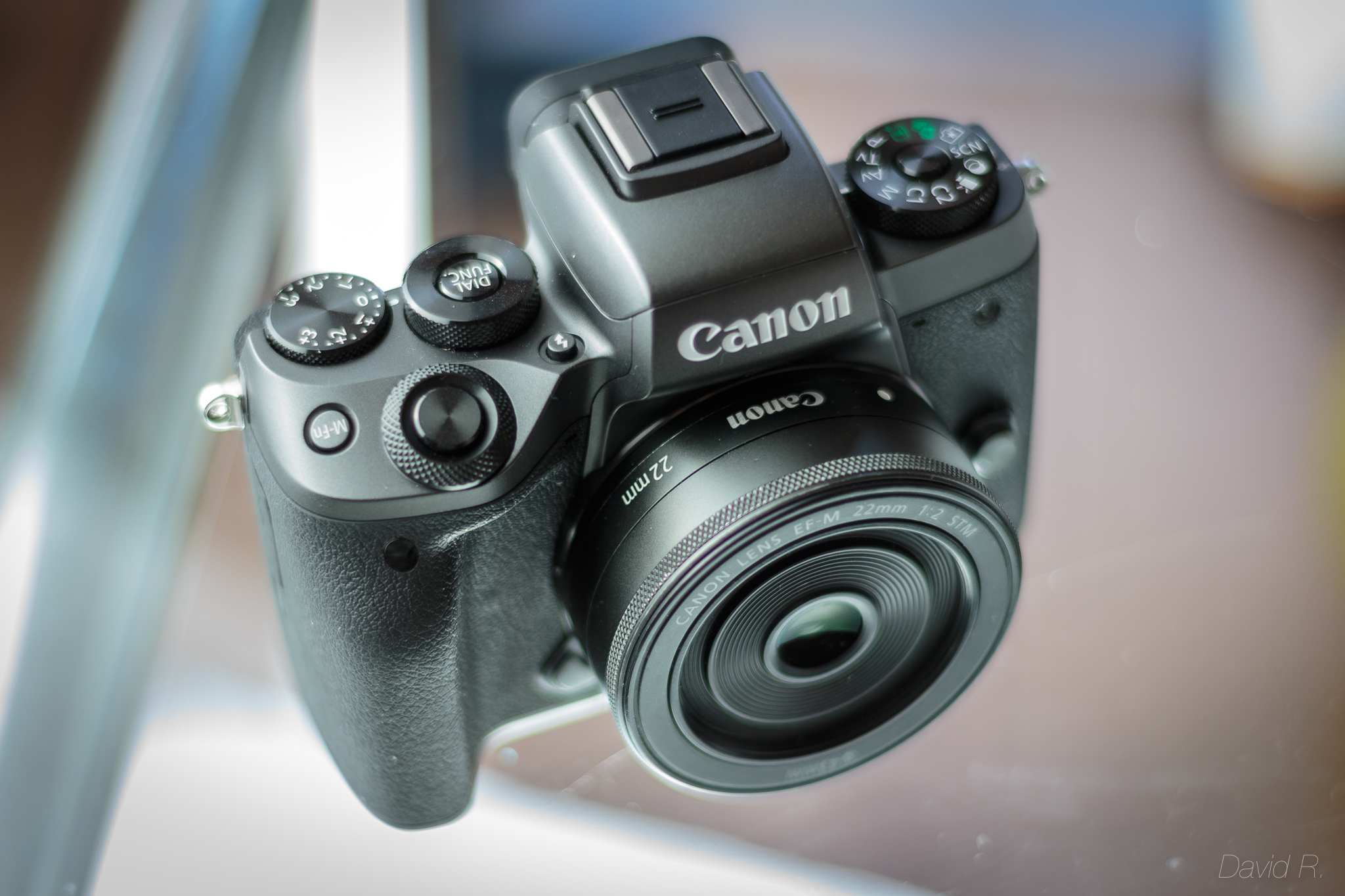
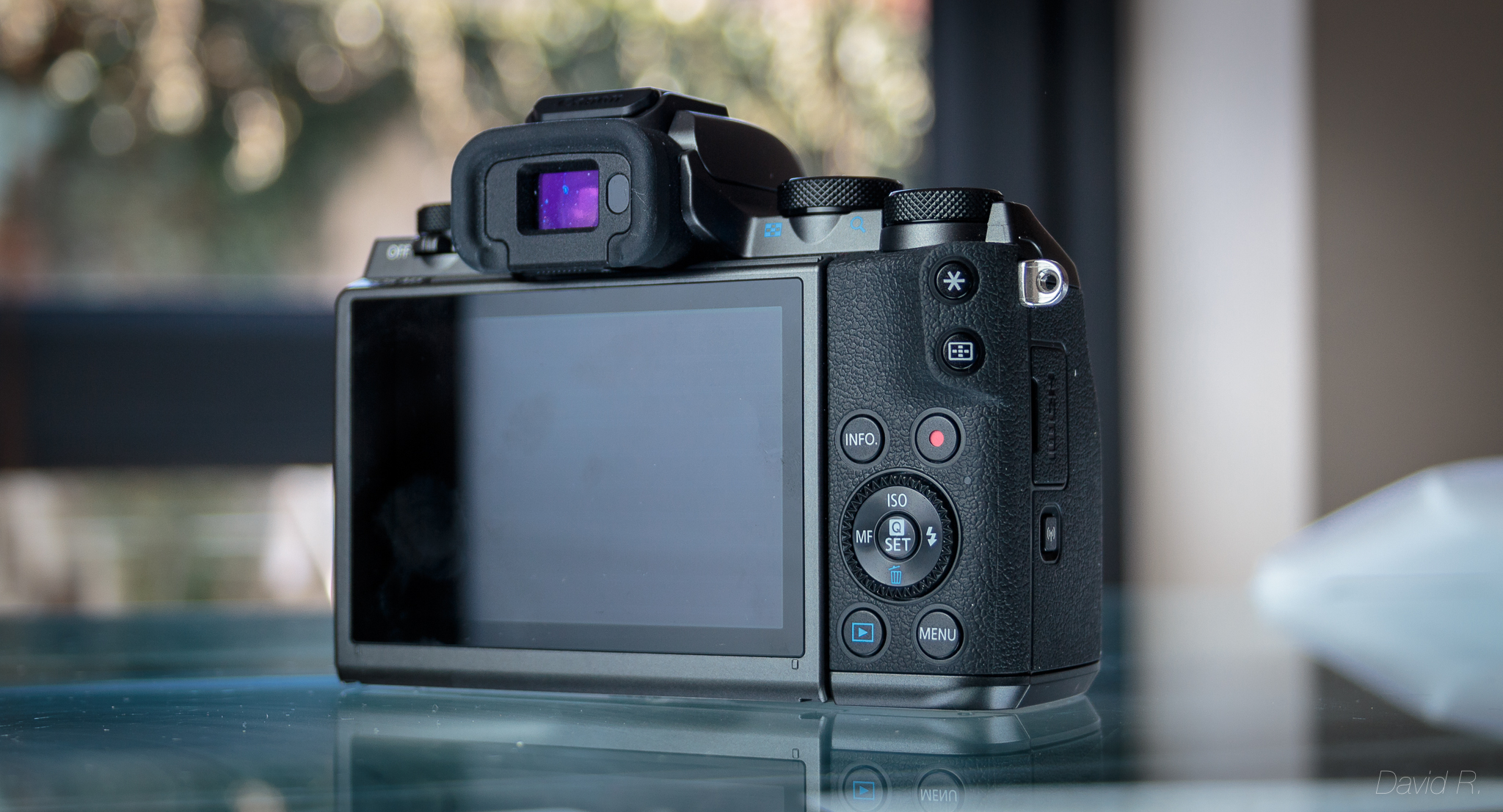
A bit of an intro, this is neither a professional nor an unbiased review. It builds on my previous experience and equipment and I’m sure for the most part it reflects the contrast between my old and new equipment more than a standalone assertion. If I say something is new and great it’s in that light and not in comparison to all the other brands and models out there.
Size
One of the biggest advantages of my original M was it’s size, it would literally fit any of my jacket’s pockets and that opened up a bunch of opportunities for me, especially during the work days as I have to carry my computer and all that around. The M5 was a bit of a step back in that regard, it’s slightly taller because of the EVF, it’s not much but it’s just enough for it to … not fit my pocket anymore. I wasn’t too happy about that, I have reverted to using a very thin bag that I can throw in the backpack so I still take it with me, but taking something out of your pocket and out of your backpack is different.
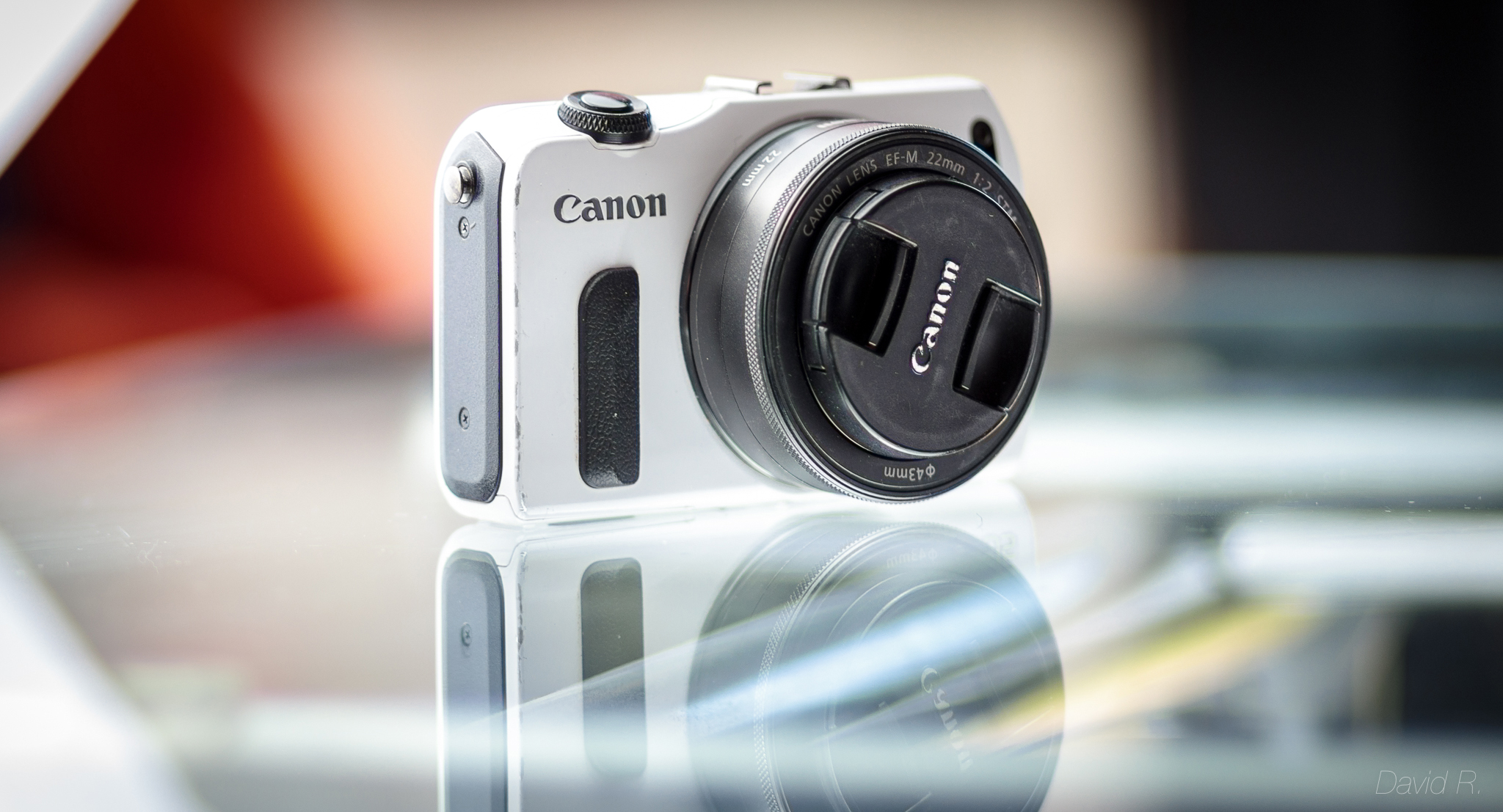
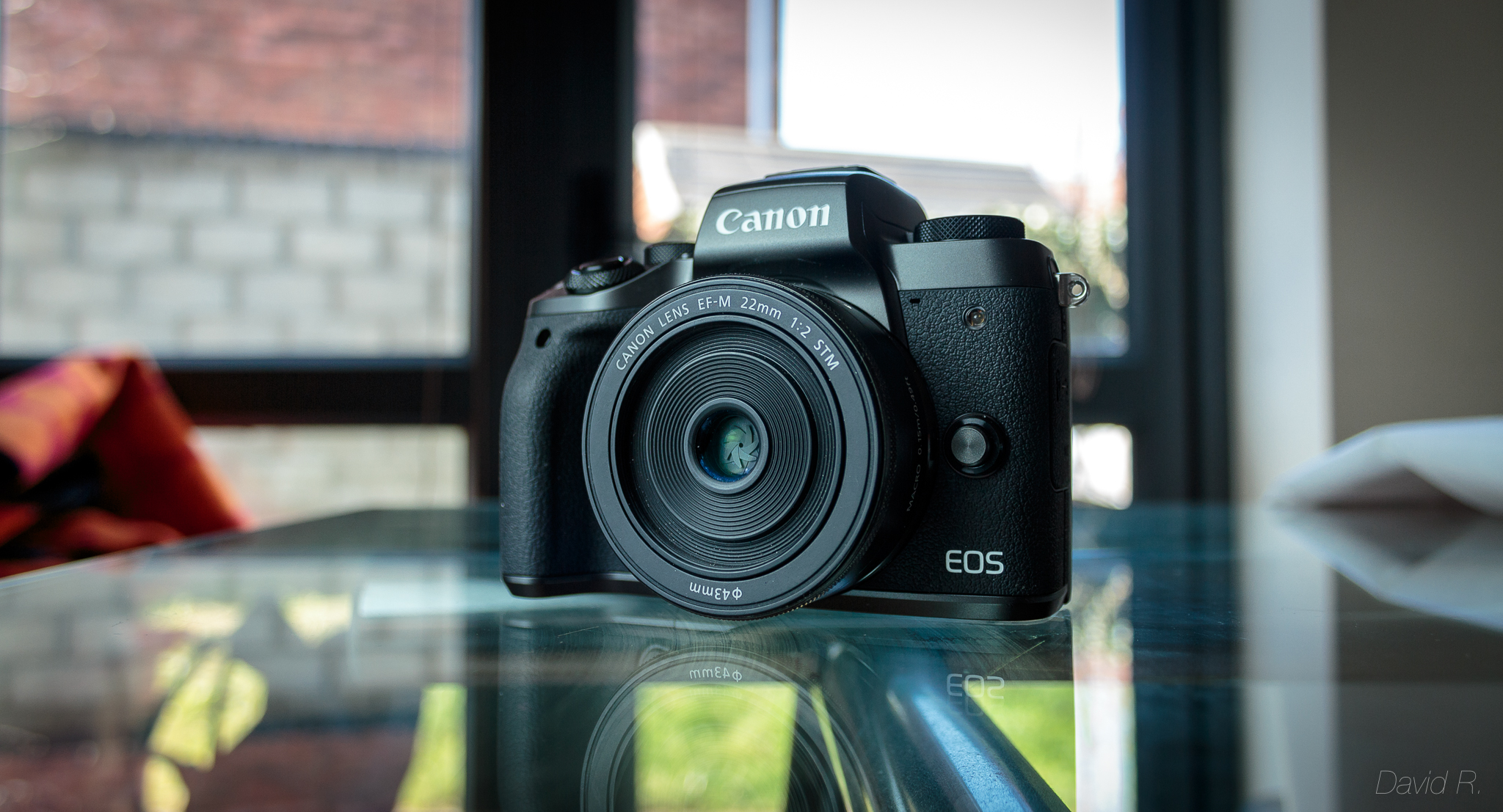
In other news, if you have larger pockets it’s still so small it will probably fit. This folks, is the definition of a First World Problem.
Body
I guess the original M was an outlier in the way it looked, especially mine because it was white and looked weird enough for people not to recognize the model. I would say that the M5 has a more classic Canon look, it’s not particularly ugly or pretty but it’s very functional. Plus it’s black so it’s even more common in that regard.
The body is extremely good though, they’ve added a bunch of physical dials, knobs and buttons and I can control most or all the shooting settings with them. On my original M I had to do 90% of things on the touch screen, so I would spend a lot of time looking down at the screen, touching stuff, sliding, rotating the single dial and getting frustrated because if I pressed to hard it was actually a button and eventually giving up and just doing the bare minimum. With the M5 I can stick my eye in the viewfinder and do everything without taking my eye off of it.
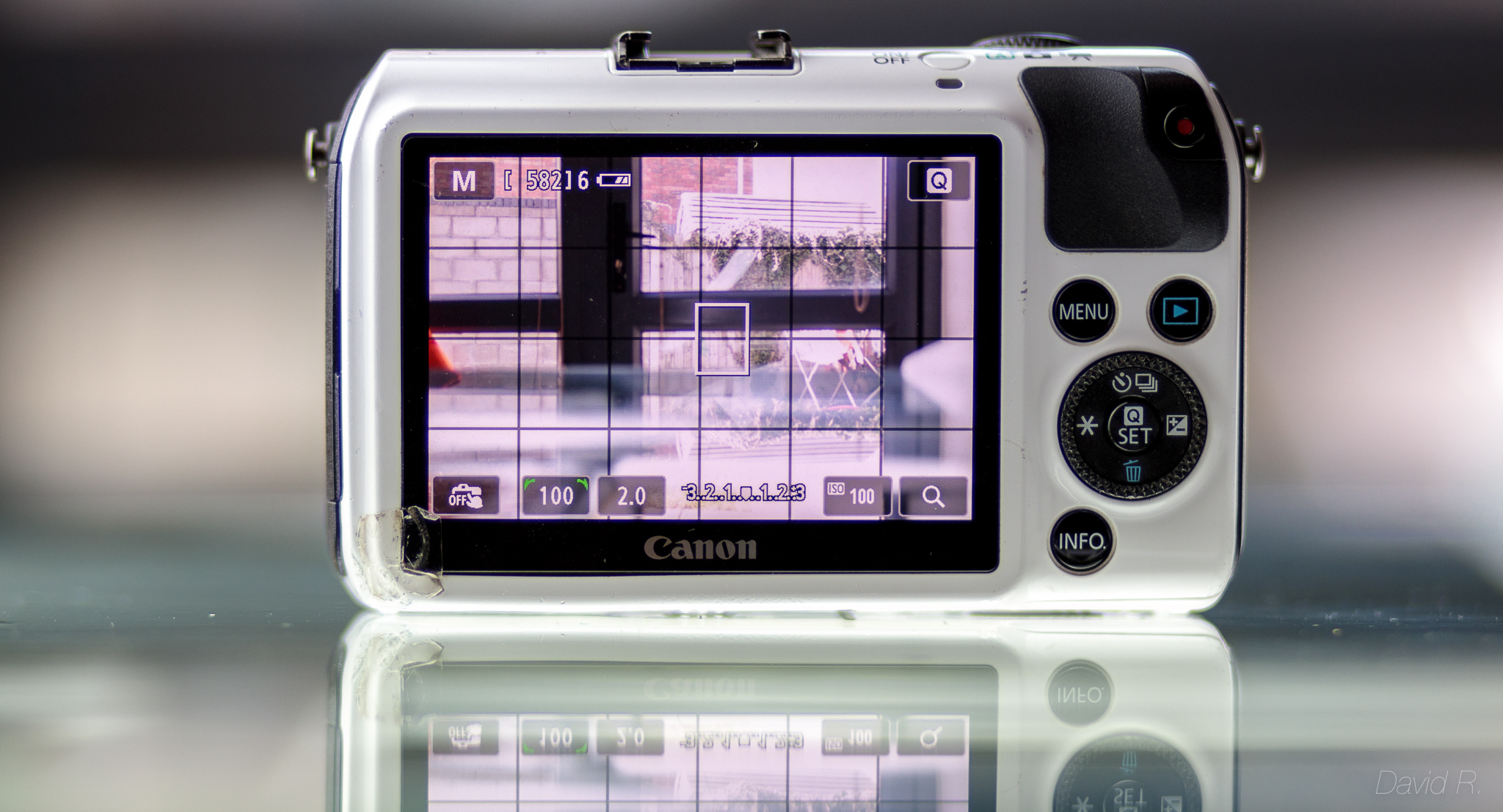
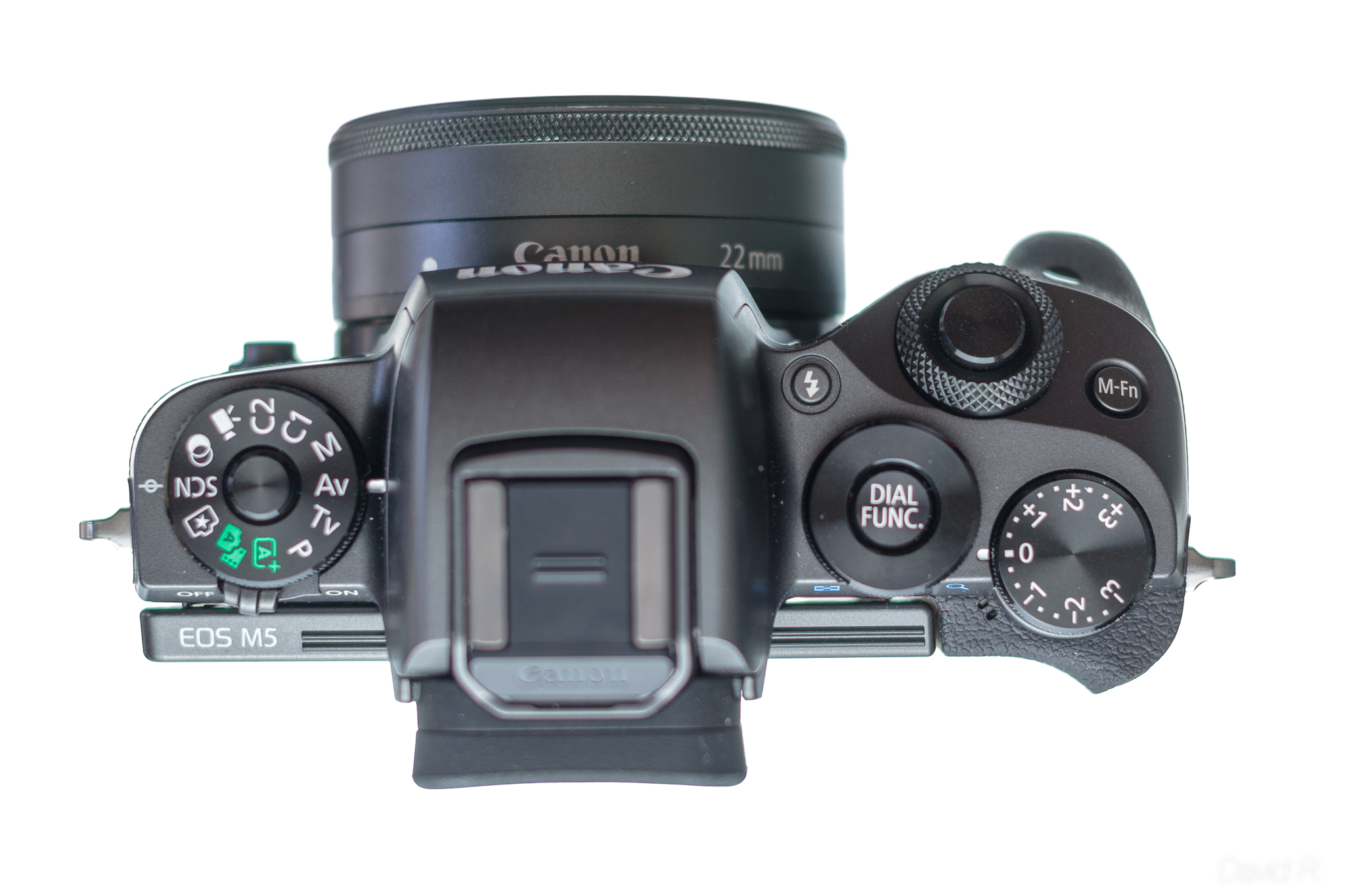
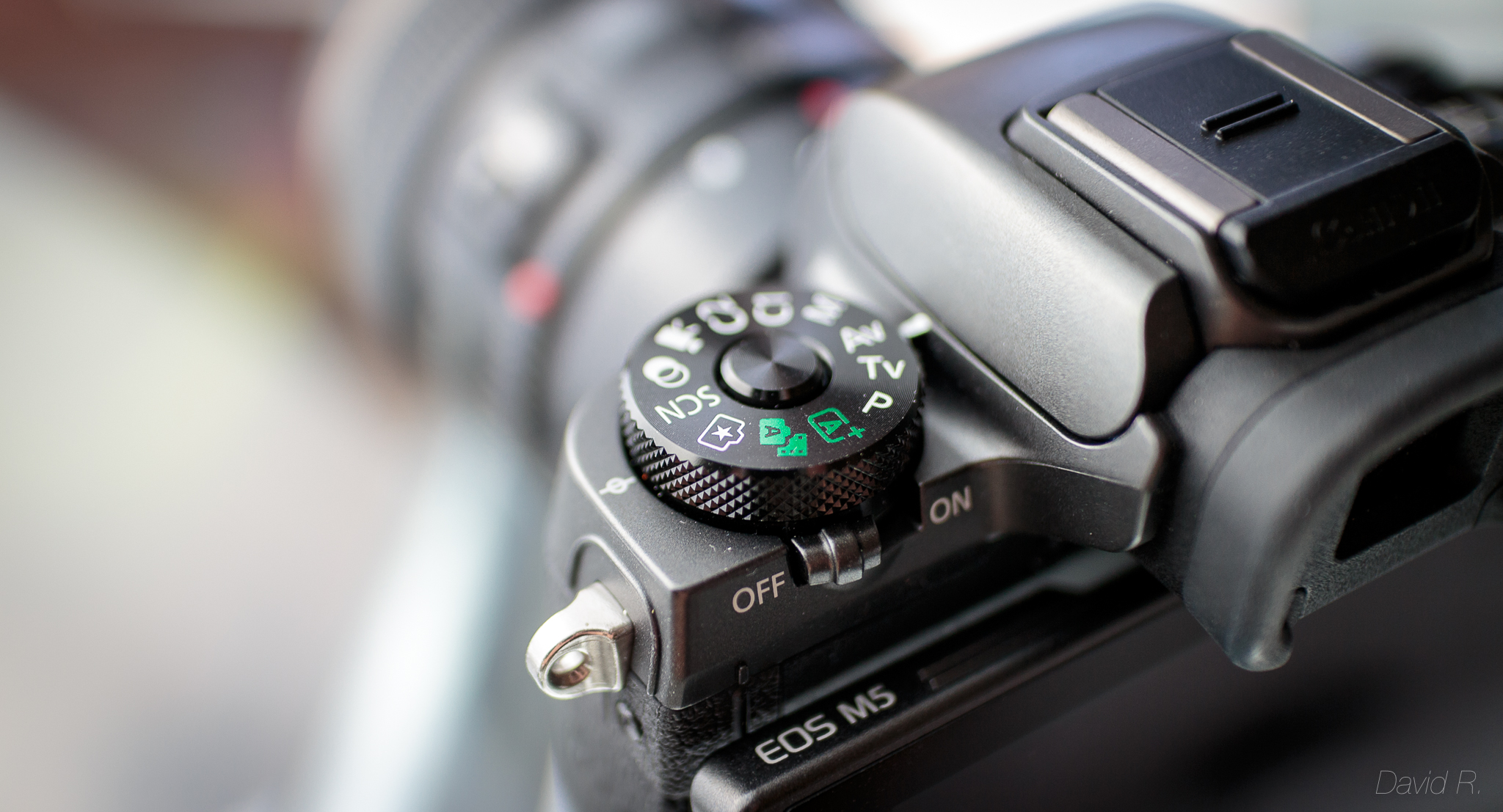
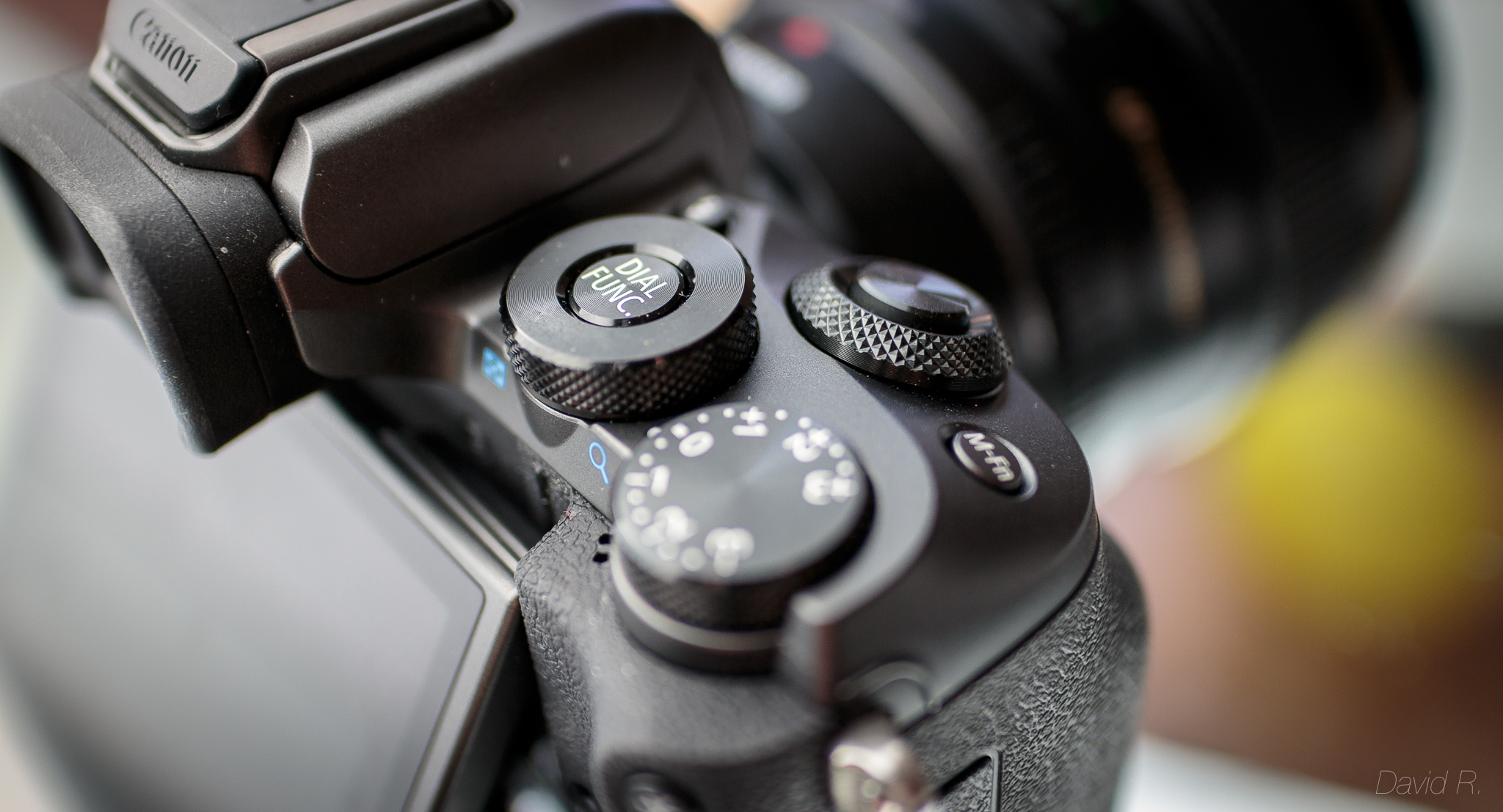
I usually shoot in Aperture Priority mode, so I can control the aperture values with the dial around the shutter button. Further back I have exposure compensation - this is apparently such a thing that it has it’s own dedicated dial - which I use often enough. And right next to it there’s a dual function dial which lets me change the ISO - I try to keep it at 100 at all times but we know how hopeful that is - or the … I’m not sure actually, I think it’s the White Balance, but I don’t care about since I shoot in RAW.
You can use the touch screen to change the focus point WHILE YOU’RE LOOKING AT THE VIEWFINDER. This is actually very cool as you can drag with your finger - or nose - the focus point even when the screen is off. You can also configure exactly how much of the screen area you want to use to drag and focus, so yes, you can take your nose out of the equation. There’s also a button in the front underneath the lens to enable/disable this function, and on the back to the right you have to other useful buttons. One is to lock the exposure settings, which I use plenty of times as I use point metering mode and I can measure something I want off the centre of the image, lock and recompose the shot. The other button is to reset the focus point to the centre, you know, for those times your nose - despite your careful screen area configuration - still decides that it Nose Best 2
Viewfinder .. OMG VIEWFINDER
This is absolutely the single biggest thing I missed in these past years. The difference between staring at a tiny screen at a distance and staring at an even tinier screen but up close is staggering. It’s not just that it fills your field of view completely, or that you can close off to the outside world and pretend nobody can see you - AHAHAHAHA OF COURSE IT’S NOT THAT AHAHAHA . It’s that you don’t have to take your eyes off until you press the shutter. With my old M I would hold the camera in front of me at a secure angle, look at the scene in front of me, look down at the screen to see how I was framing it, look back up again to see if I missed something and then take the picture. Needless to say the mismatch between what you though you just took and the final picture required some getting used to. But not anymore, now I can go back to looking at the scene, how that’s being framed in the camera AND all the light and other settings without ever taking my eye off the same place.
Now, it’s an Electronic Viewfinder of course - no mirror, no real image in a location that’s not the sensor. I never used one before so my first impression of it was something like “OMG this feels like I own one of those old camcorders”. Once that wore off though I could admire it properly. Canon lets you configure what information you want to display on the screen, so I have exposure / iso / aperture and the Electronic Level - more OMG’s in a second . The quality is great and because it’s taking the image off the sensor I see a pretty good approximation of what the final image will look like. I can also get a 2 second preview of the picture once it’s taken - like you would do on the regular screen - which is good. Also, like the regular screen, if you press play you can see all the previous pictures on the Viewfinder, which is a screen, inside a dark box, so the sun or other lights don’t reflect off of it.
The other great thing for me is the Electronic Level, boy this was something I never knew I missed so much. Unless I try really hard and focus 100% of the time, I seem to have a natural tendency to tilt the shots, it’s not crazy stuff, maybe 1º if taking landscape and a bit more if portrait, nothing you can’t fix after, but fixing after means you’re going to have to crop something out. Plus, now it feels like a game where I win when I get at least one green line.
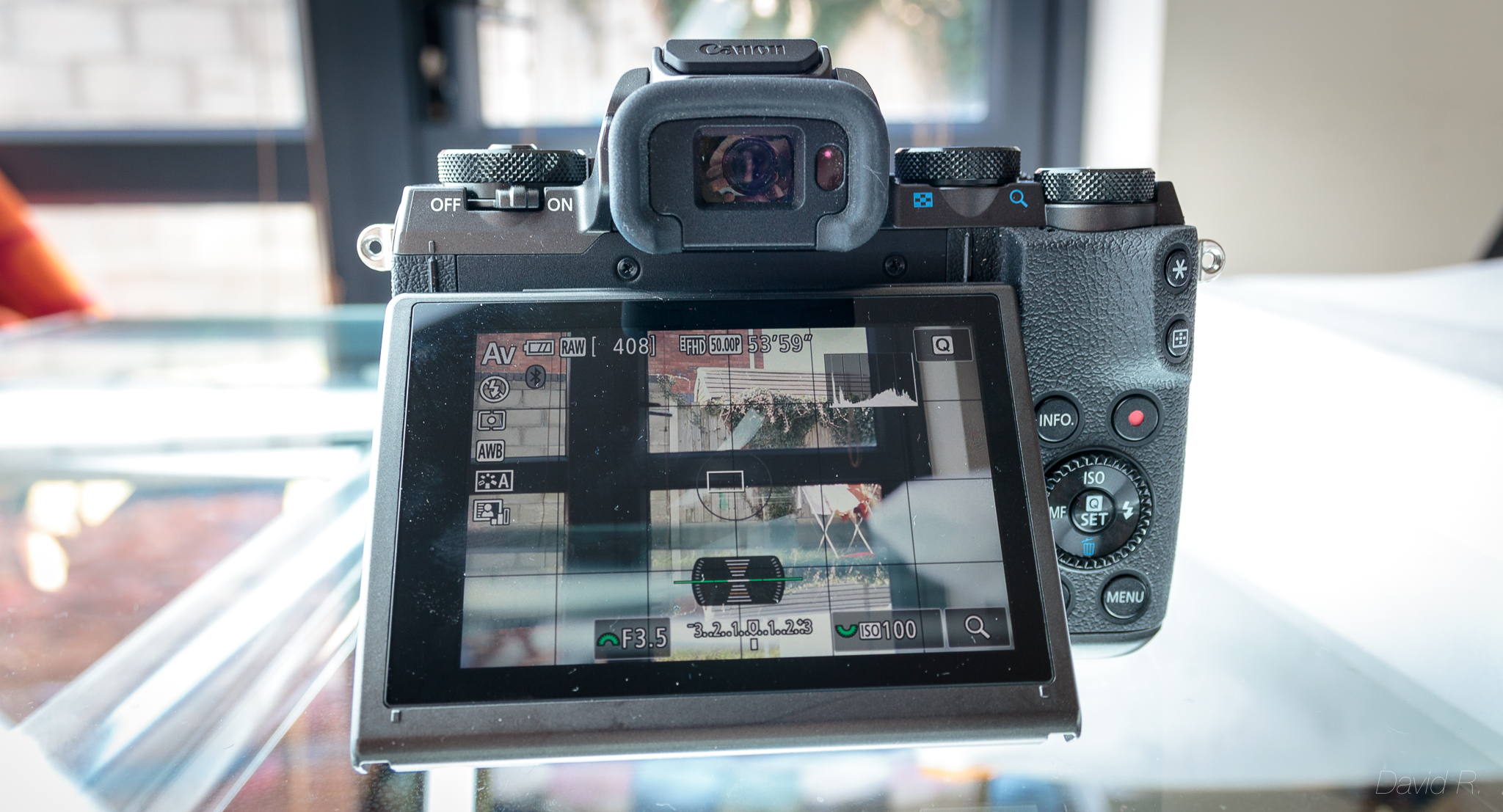
My experience so far
When I started writing this post I had the camera for one week, but now that a whole month has passed - pokerface - I can say so so much more … makes me wonder if I should wait another month or two.
Anyway, like before I have two different general setups for the camera, portable and full. On the portable setup I just go around with my EF-M 22mm f/2.0 lens, and man do I like this one. It’s super super tiny, pancake like size, it’s also fast and wide and in a way it’s addictive. Now that the camera no longer fits my pocket I carry it in my computer bag and when I leave the office for a quick stroll I just carry it with me and that’s fine. I also have a Manfrotto mini tripod that does fit my pocket, so I carry that around with me.
When I’m out on weekends or similar I can carry my camera bag - a very very old one that has outlived almost all my cameras - and with that I tend to have my adapter on with my EF/EF-s lenses, and very very occasionally a larger tripod and a set of not so good neutral-density filters. When I’m like that I tend to use the EF-S lenses more, not because the 22mm is worse, but I get a bunch more options with the other ones and maybe, maybe, the laziness of swapping around the adapter gets to me.
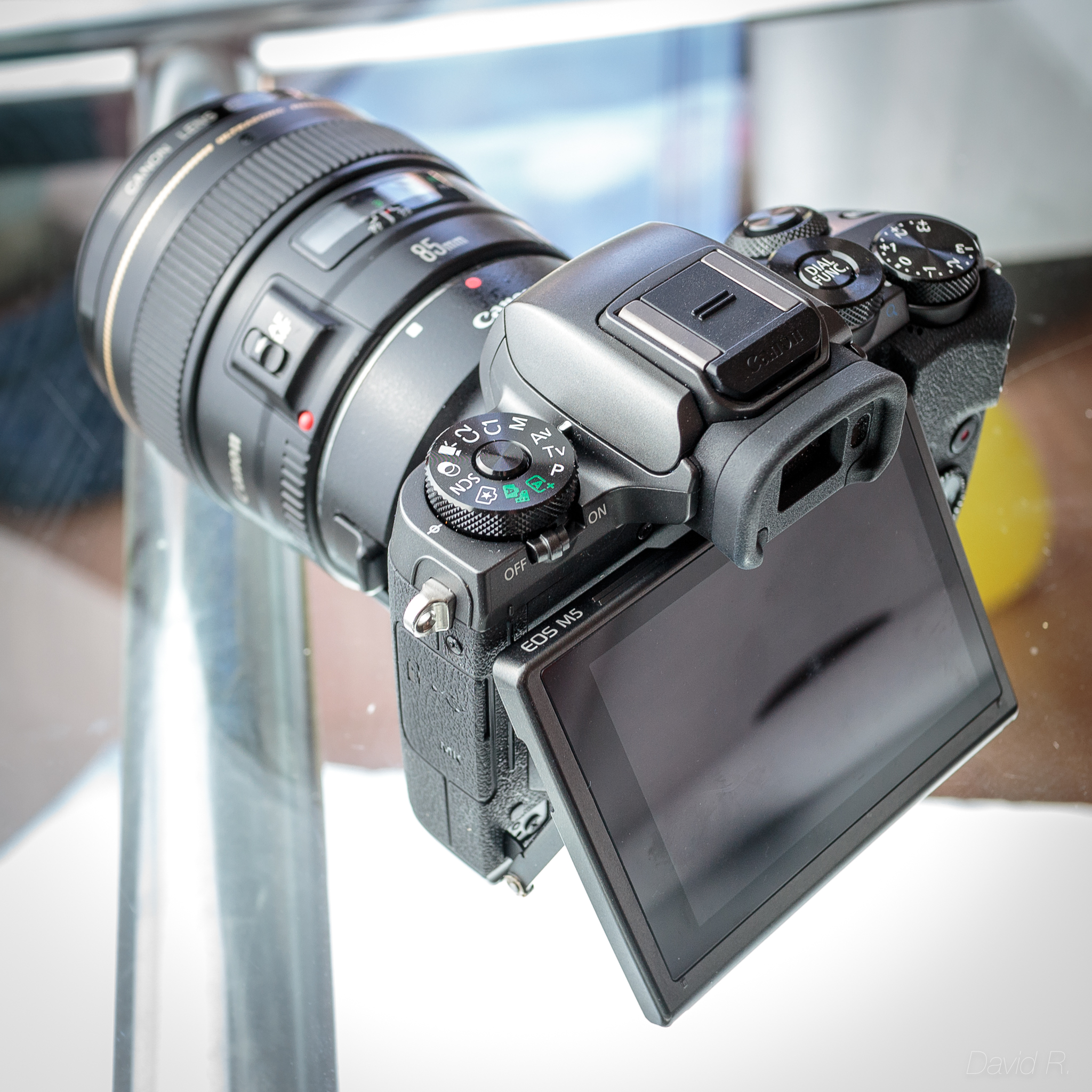
Either way, it’s funny to see how the camera behavior changes a bit, with the 22mm is tiny and light, with the other ones - with the 85m f/1.8 particularly - it feels more solid, heavy and serious business looking.
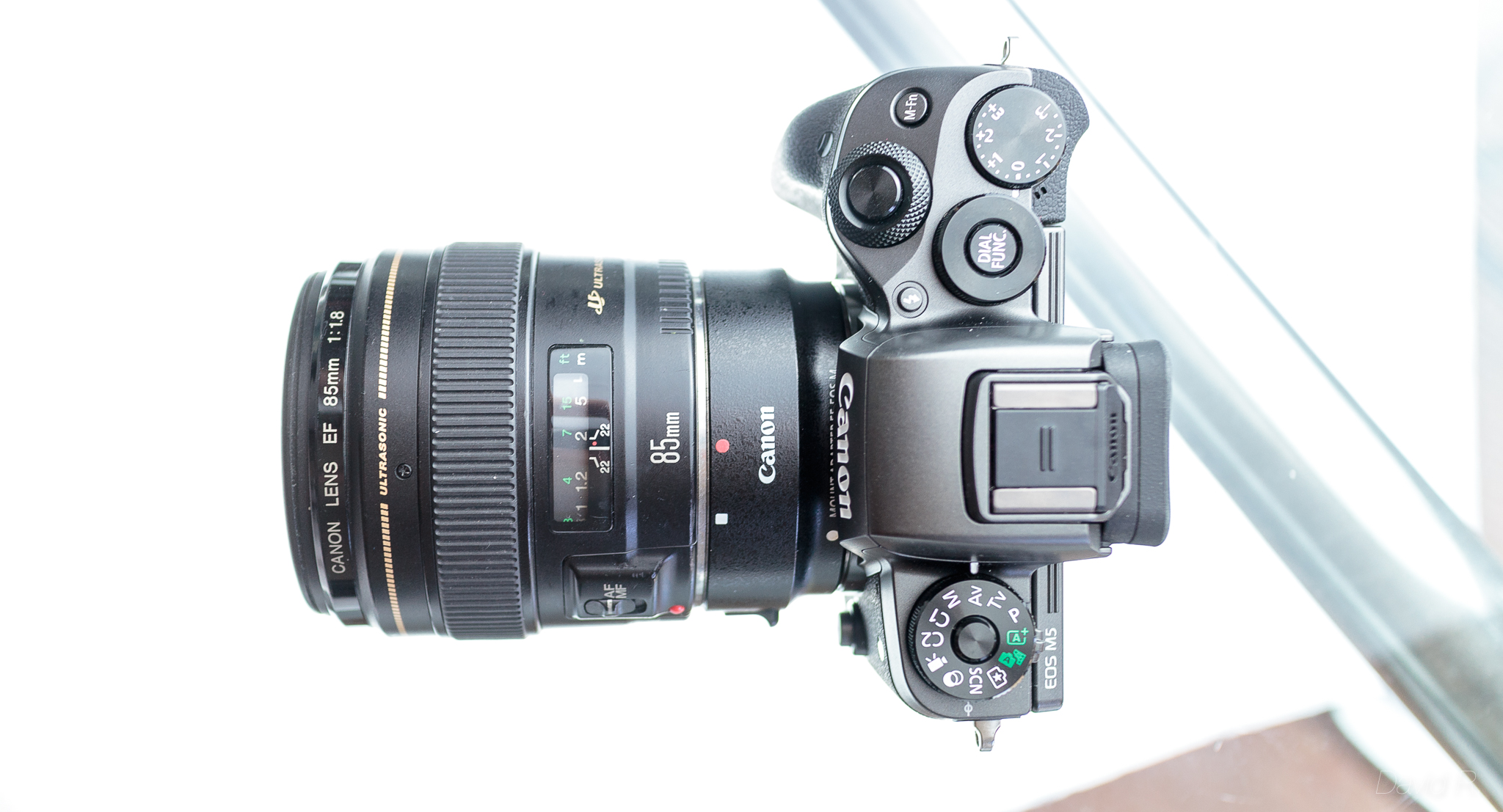
I also ditched the stock strap, like I’ve done with my old M, but this time I actually replaced it with something else. I don’t like cameras hanging off my neck and I’m not a fan of having them hanging on the side of my body either, I’m always scared I’ll misjudge a movement and all that kinetic energy will just end up in a swinging camera and translated into a very sad David, so with my old DSLR’s I would wrap the strap around my wrist and I found the equivalent - but done right - replacement for that in the Joby 3-way strap. You screw it to the Tripod screw and it wraps around your wrist. It does add another bit of height to the camera, but since it no longer fits my pocket anyway, I don’t mind it at all.
Autofocus and Image Quality
This is a lesson you should heed, If at first you don’t succeed, Try, try again
Then your courage should appear, For if you will persevere, You will conquer, never fear, Try, try again
Once or twice, though you should fail, If you would at last prevail, Try, try again
If we strive, ’tis no disgrace, Though we do not win the race, What should you do in the case? Try, try again
If you find your task is hard, Time will bring you your reward, Try, try again
All that other folks can do, Why, with patience, should not you? Only keep this rule in view, Try, try again.
T. H. Palmer
If my EOS M autofocus capabilities could be described by a poem, it wouldn’t be this one, but if you read it all that’s roughly how long it would take for the EOS M to focus onto something.
BUT NOT ANYMORE, the M5 fixes all this with it’s Dual Pixel technology thing that however it works, it just works. I press a button and the camera focuses. Mind BLOWN.
As for image quality, it’s definitely better than the M, which is absolutely expected. You can tell there’s a better dynamic range, as I work through the pictures in Lightroom I’m recovering much more information from both ends and that’s a great help for those super bright days that I get here in Ireland …
I haven’t really tried the high ISO settings - and mind you, I had my M’s auto-ISO max locked to 800 and it was very rare for me to use anything over 100, it was really bad. This one seems definitely better, but I’ll hold my judgment for later.
Here are some meaningless quick comparison shots, exact same lens, settings and edits.
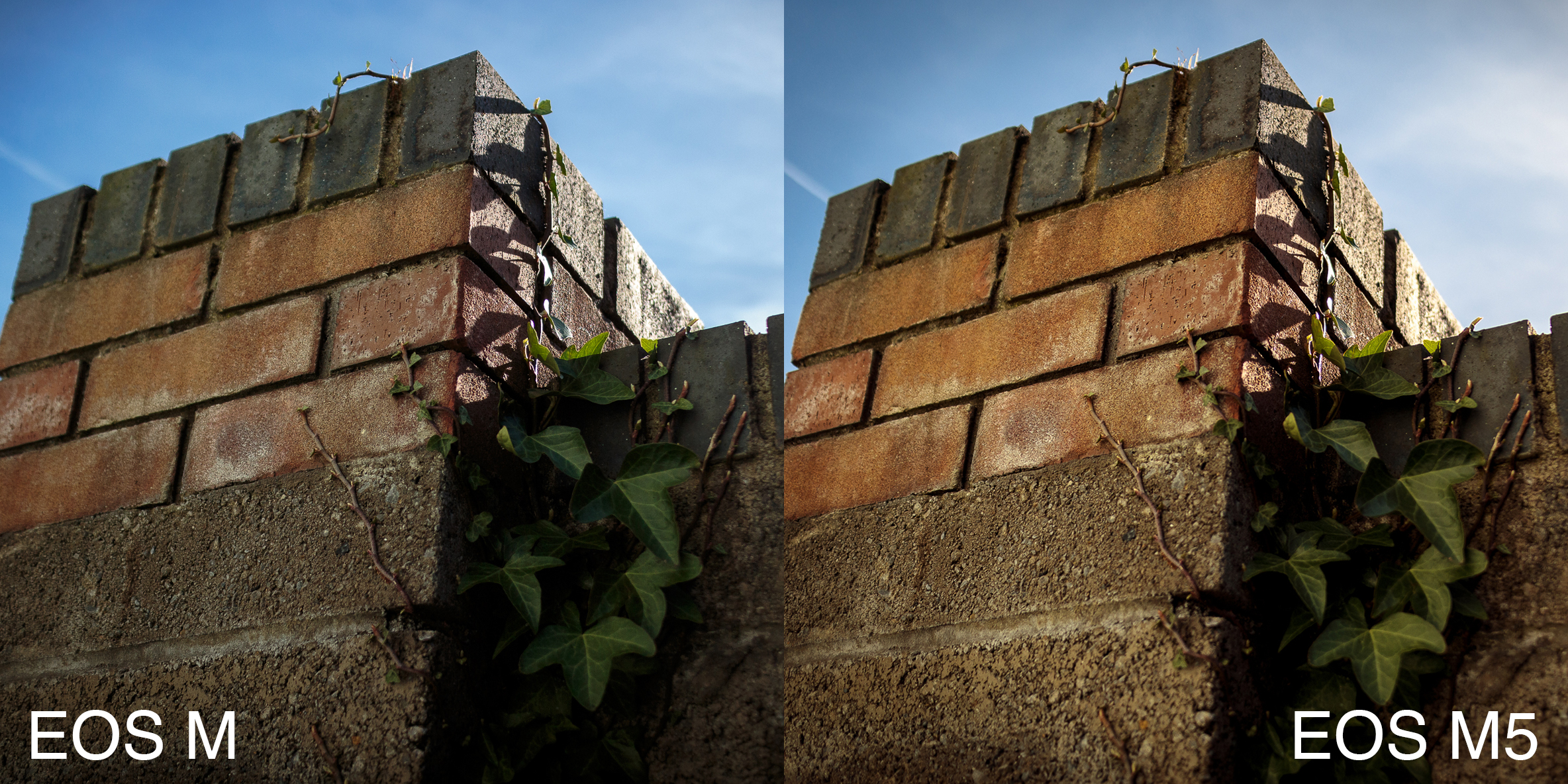
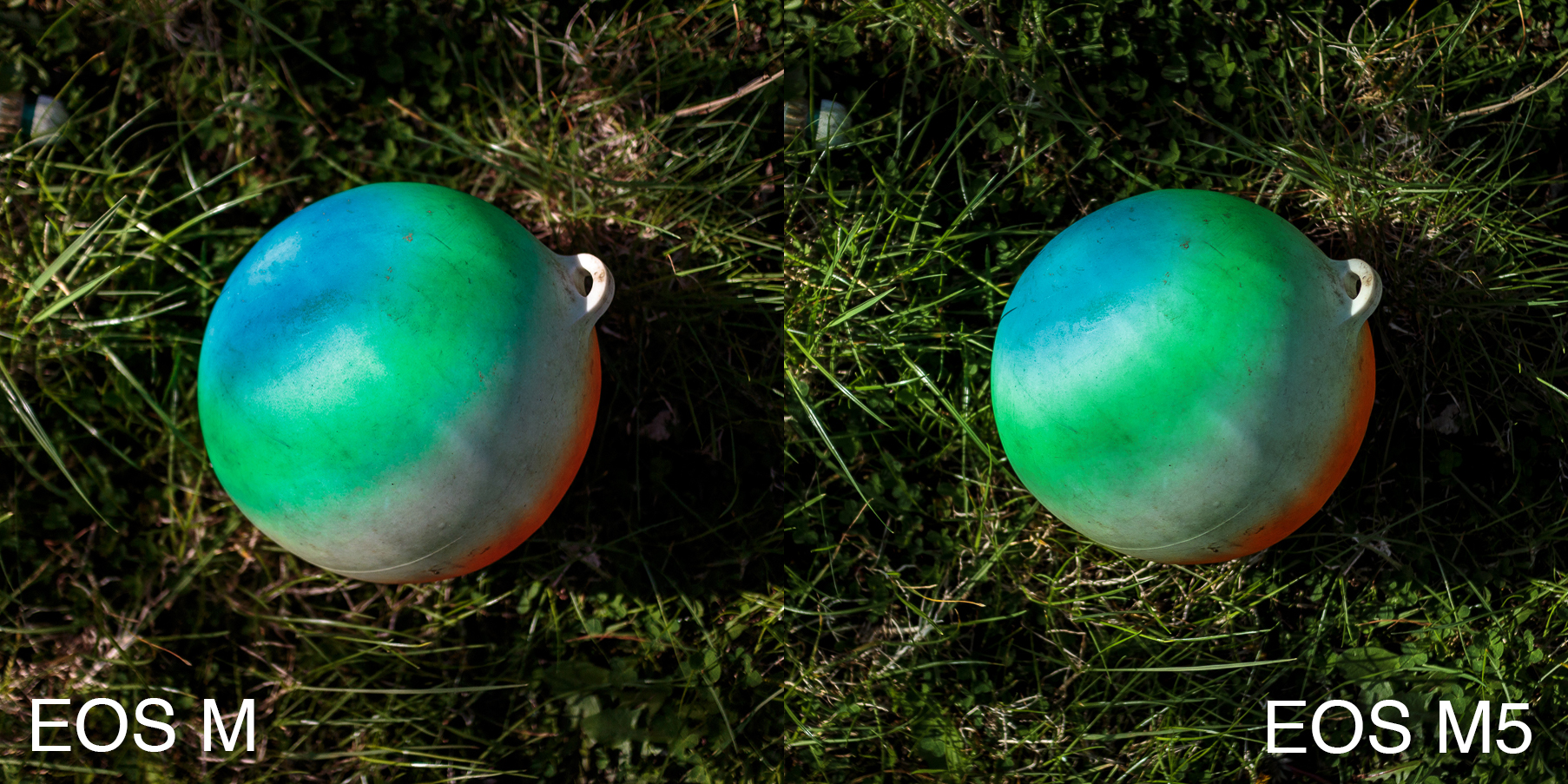
And in conclusion
I’m extremely happy with the EOS M5. It has now made it’s first trip when we went to Scotland - one day I’ll write a post about that, keep your eyes open for Q1 of 2021 - and it performed brilliantly. I was a bit disappointed with the extra size at first, but I can’t get enough of that Viewfinder and I really don’t care that it doesn’t fit my pocket anymore. The software and controls are great, the extra physical dials make it completely controllable without the touch screen and the drag to focus feature just nicely wraps it up, you never have to take your eye off the viewfinder, everything is there for you.
Image quality is great, the body is great. The size, weight and the 22mm lens make the M5 an amazing portable camera, the EF/EF-s adapter makes it a work tool for the weekends.
Canon did a magnificent job with the M5, I can’t recommend it highly enough.
Real life samples
-
that’s Portuguese Escudos and that’s the wrong sign, but aparently there’s no Unicode character for the Cifrão ↩
-
I swear that’s the only dad joke ↩
